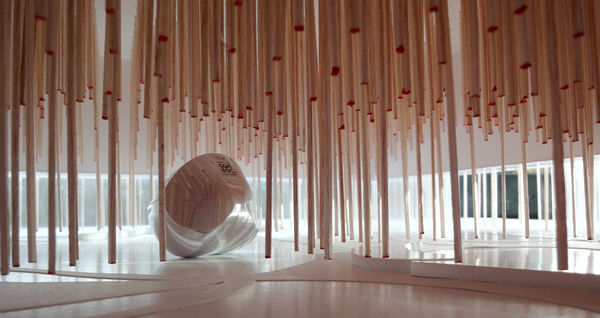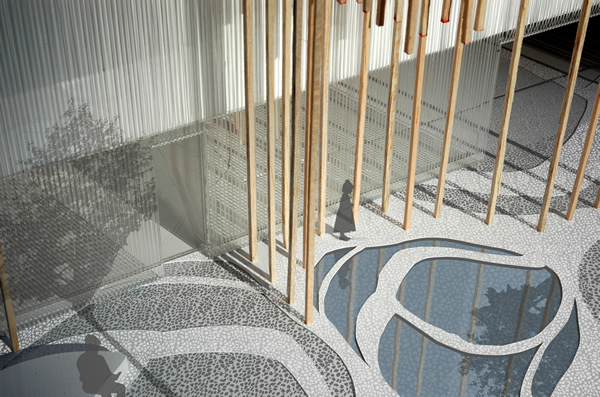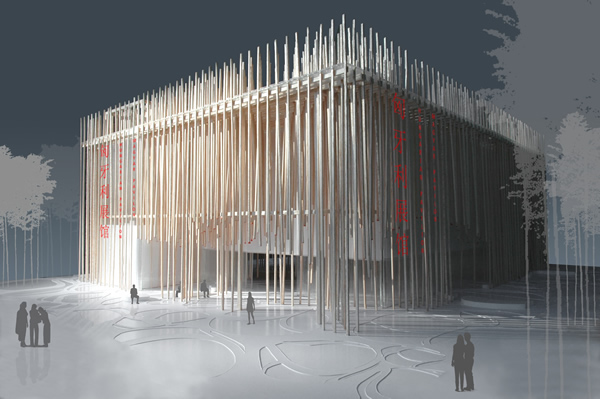Budapest, March 24, 2010 – The winning Hungarian pavilion design for the World Expo 2010 Shanghai uses as its central element the so-called Gömböc. Invented by two Hungarian engineers, Gábor Domokos and Péter Várkonyi, the Gömböc is the world’s first self-righting object.
Designed by Tamás Lévai using Archicad, the pavilion approached the Expo’s theme “Better City, Better Life” in a philosophical way. By highlighting Hungarian creativity, the pavilion’s design is based on a specific feature, the Gömböc, rather than entertaining visitors with shows and exhibits. The architecture and design of the pavilion itself expresses Hungary’s main message. In addition, the Gömböc has a close, ideological relationship with Yin Yang, both symbolizing the pursuit of balance and harmony. According to Lévai, “This is what Hungarians wish to achieve in urban development as well.”

The harmonic movement of the Gömböc is similar to the pulsating city; this feature is magnified by the structure of the pavilion through its dynamically moving vertical elements, creating density at the same time. The hanging wooden rods give the illusion of walking in a forest, while the sparse areas are like glades or city squares. The elements of the wooden installation are like musical instruments; nearly 600 moving sound boxes create an undulating sound space. The inner space of the pavilion is awash in natural sunlight during the day, while a man-made starry sky illuminates the space at night.


You’re now browsing our Mexico website.
Go to the  United States site instead?
United States site instead?